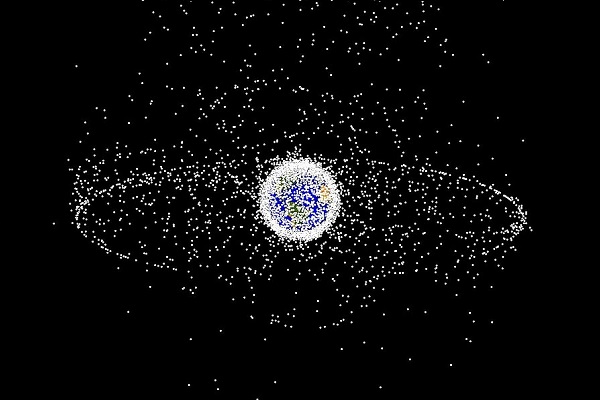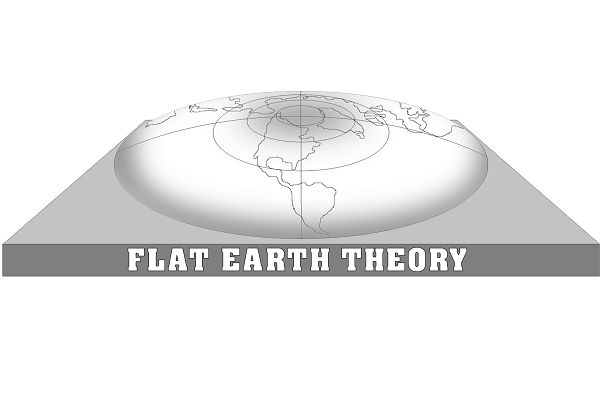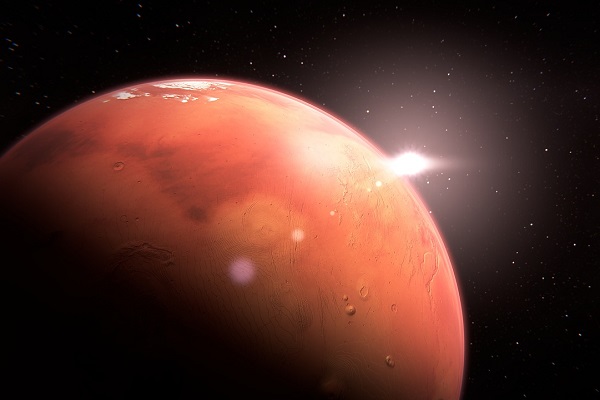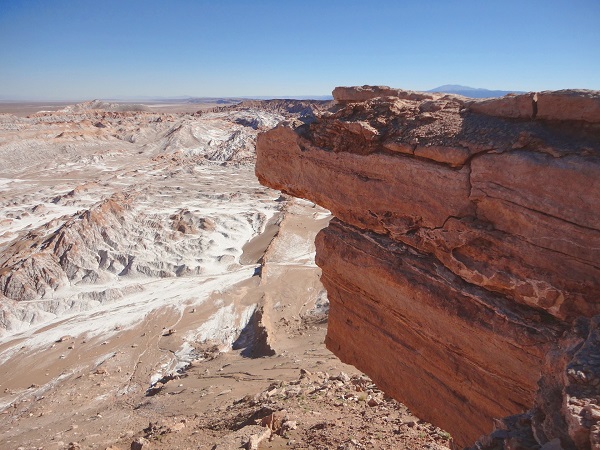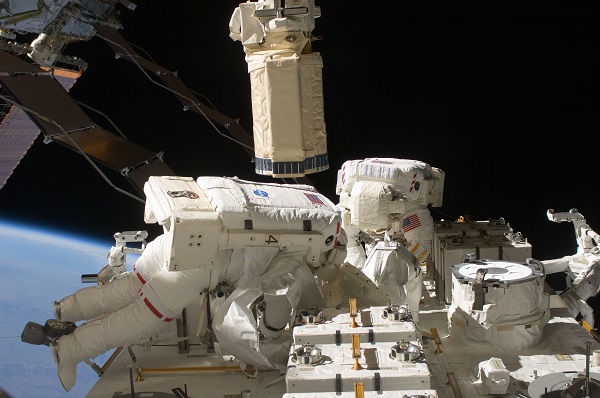The Scientists explained in detail that the melting of the Antarctic ice sheets and contraction of ice shelves has contributed in an excess of nearly 350 Gigatons of fresh water in the surrounding oceans. This led to a drop in the salinity of the surrounding oceans, which has been supported by ship based study of water.
Craig Rye, main author of the research stated that generally salt water is thicker as compared to the fresh water. Therefore, the areas where a surplus of fresh water has accumulated researchers expected a rise in sea level.
The study is printed in the Journal Nature Geoscience.
Moreover, the researchers also carried out a computer simulation of the impact melting glaciers have on the Antarctic Ocean.
The outcome of the simulation thoroughly mirrored the real world picture portrayed by the satellite data.
The relation between air, sea and ice in these seas is essential for the stability of the Antarctic ice sheet. It also affects other environmental developments like the generation of Antarctic bottom water. The Antartic bottom water that cools down and ventilates most of the global ocean abyss.
The work was executed with a partnership of researchers of the National Oceanography Center with the British Antarctic Survey.
Latest posts by Karen Jackson (see all)
- Intoxicated South Carolina Man Punches Waitress Who Refused to Serve Him Alcohol - June 29, 2018
- Restaurant Manager Arrested and Charged in Shooting Death of Co-Worker over Negative Yelp Reviews - June 20, 2018
- Minnesota Teen Gets Head Stuck In Oversized Tailpipe Winstock Music Festival - June 18, 2018
